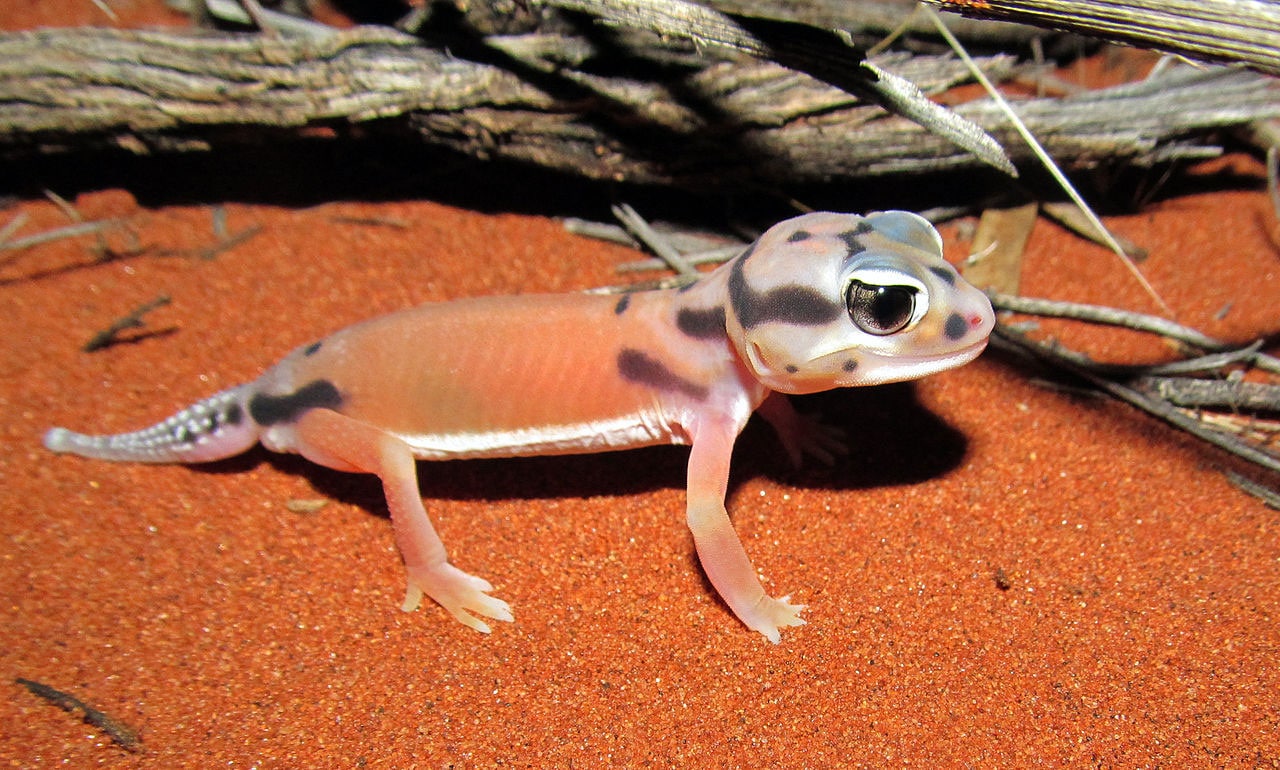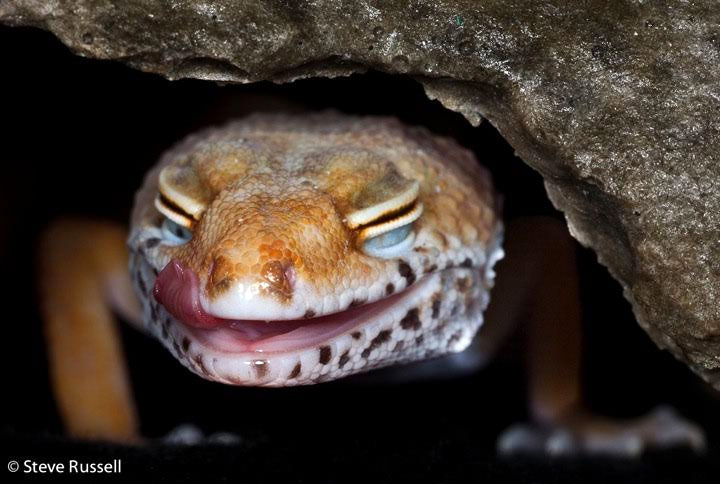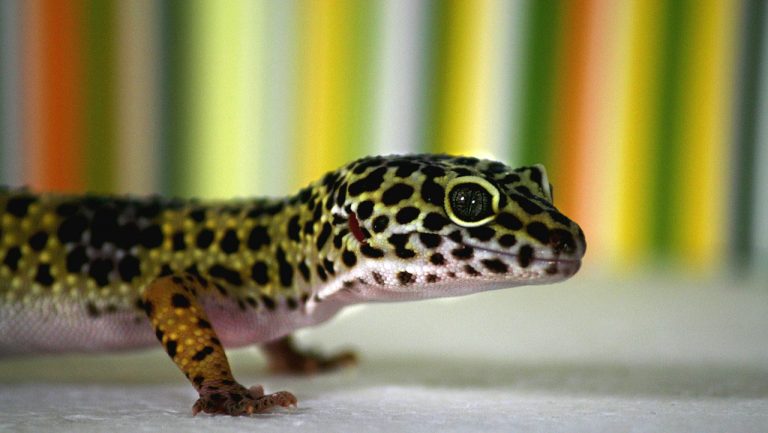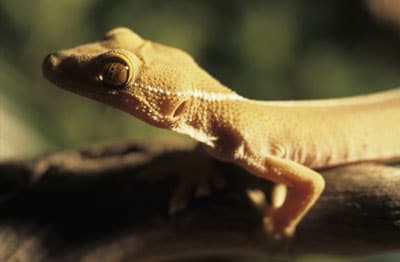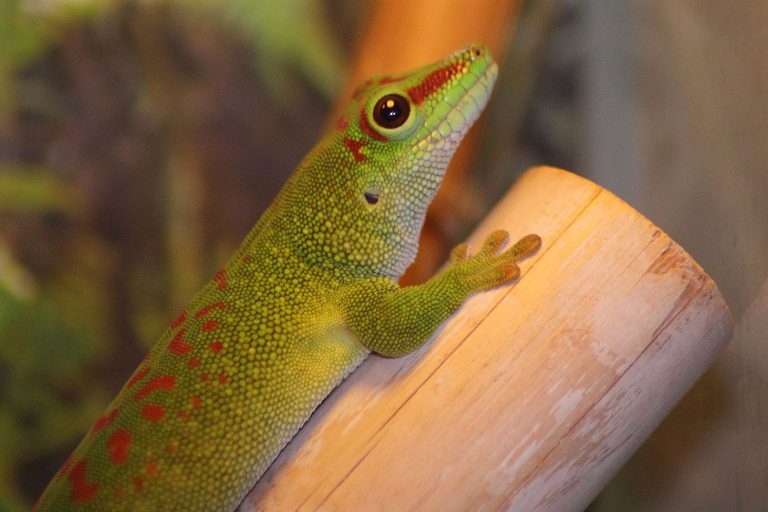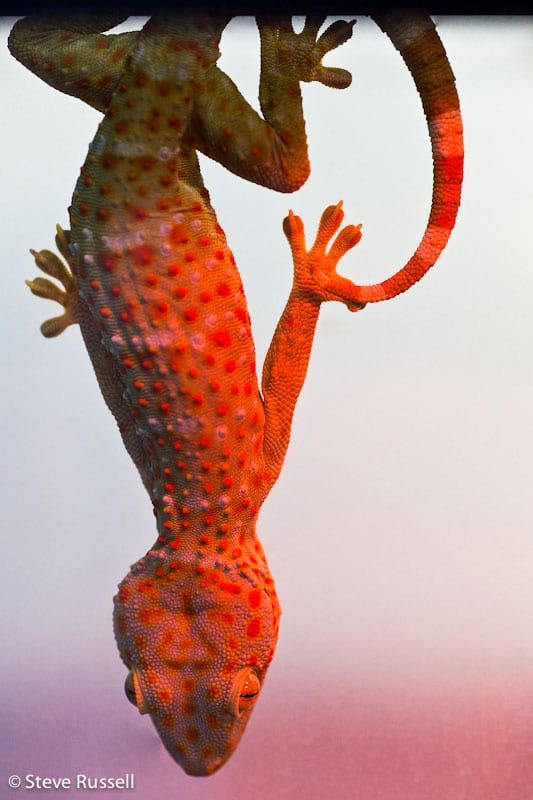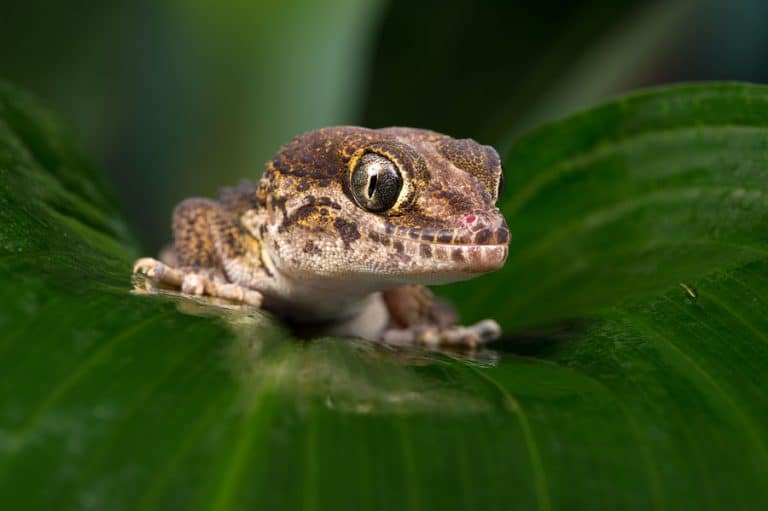Knob Tailed Gecko
Plump-Bodied With Large Heads, Slender Limbs and With Short Digits
Genus Nephrus comprises of nine species of Knob-tailed geckos. The distinguishing factors of the members include slender limbs, plumb bodies, and large heads. They have small paw lamellae as well as claws. Small granular scales mixed with tubercles cover the body. All members will have their tails terminating in a spherical knob.
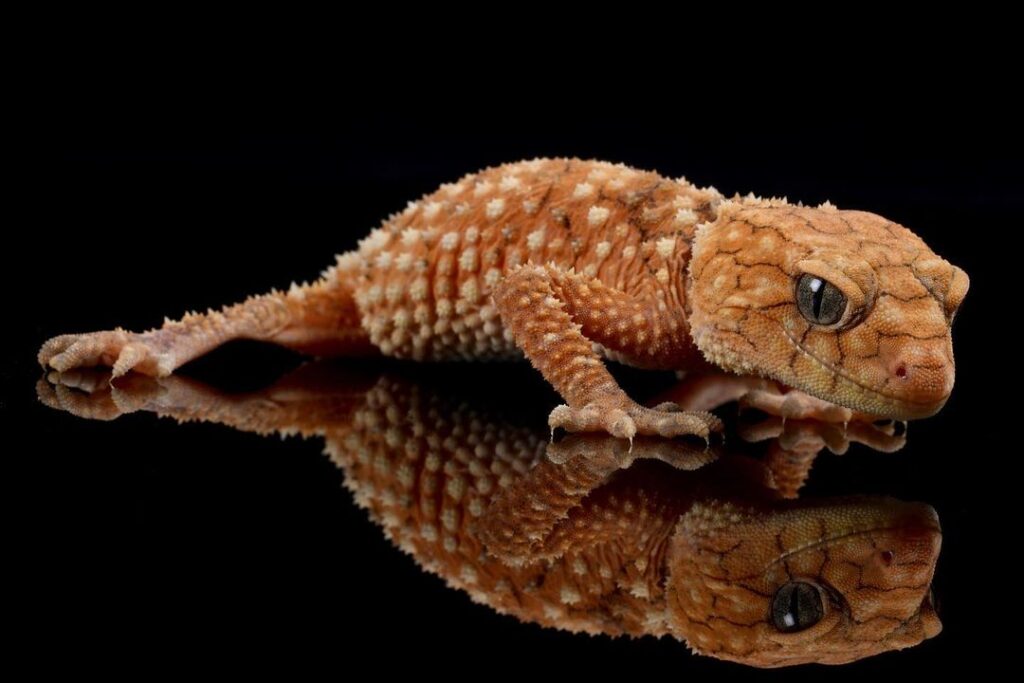
Anatomy
The length from the snout to vent (SVL), determine the size of these exotic geckos. The largest adult of all members of this genus will be around 5 to 5.5 inches. Smaller species will measure about 4 inches.
Life Span
Knob tailed gecko lifespan is above ten years. This is shorter than the other species such as leopard geckos
As a Pet
Knob tails have not been in reptile trade for long. Perhaps this is why you can find very little documentation for information about how they live as pets.
Housing
It is more appropriate to keep knob-tailed geckos individually. You can use either a 10- gallon aquarium or a terrarium to house an adult knob-tailed gecko, regardless of the species. If the keeper intends to breed them, it is better to use the popular rack systems. Some will opt to use plastic boxes of 16.5 inches length by 10.5 inches breadth and 6 inches tall.
Housing a baby knob-tail will need a 14 inches by 7.5 by 4.5 inches high plastic box.
You would do well to place one or two hide boxes in the cage to supply shelter and enough security for the geckos.
Heating & Lighting
It is necessary to provide favorable environmental conditions to the gecko for good living. Proper moisture, appropriate thermal gradient along with a recognizable substrate are inevitable for survival of the geckos.
Knob tailed geckos being nocturnal, it is not necessary to place overhead lights meant for basking and lighting; instead these lights will tend to stress the geckos. A temperature range of 26 degrees to 32 degrees Celsius, from the cool to the warm side in the cage is ideal. A 40 watt cord that runs under one end of the cage will serve to provide adequate heat regulation that for the good health of the geckos. It is also important to provide appropriate humidity to avoid dehydration of the geckos.
Feeding
It is important to understand the kind of food the knob tails will prefer. They are known to feed on crickets, cockroaches, meal worms and super-worms. You can feed fully grown geckos with small pinkies especially if their health has undergone a down-swing because of breeding In summer, feed them thrice a week but only once a week during winter (when they are less active), dusted with calcium and multi-vitamins on alternate feeds. Compared to other geckos of the same size, they seem to eat much more, you would do well to take care of the quantity, and make sure that you do not feed them very large food items. In their natural habitats, they will as emerge from burrows in the evening and hunt at night, which is why feeding them at this time is a good idea . Misting the cage often throughout the summer and less frequently throughout the winter will offer water for the geckos who will lick the droplets. One can also mist them too, when they are out as they will lick the water droplets on their face and body for hydration.

Having discovered a fondness for insects while pursuing her degree in Biology, Randi Jones was quite bugged to know that people usually dismissed these little creatures as “creepy-crawlies”.

